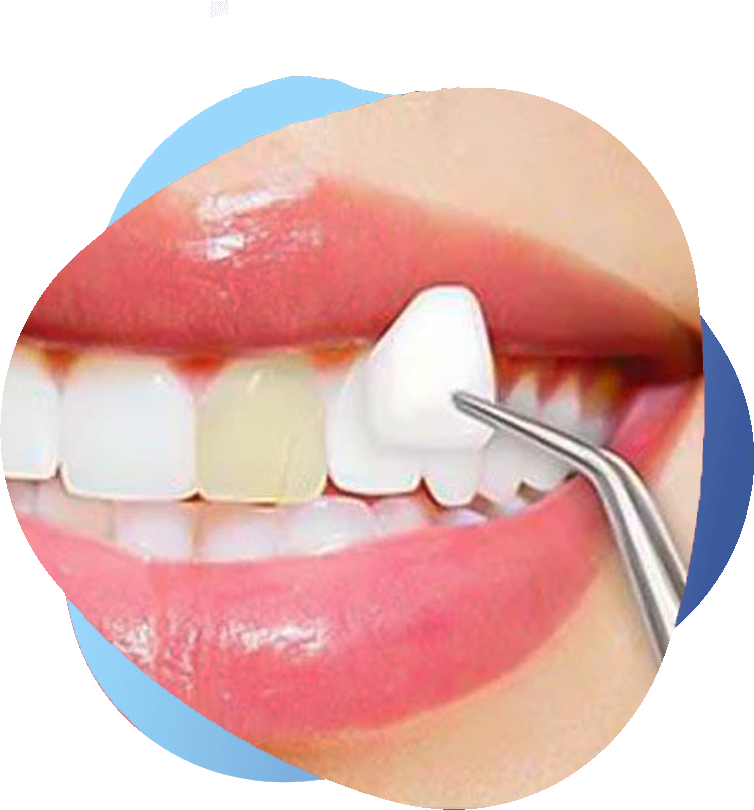The pros
Dental laminates have always been a top option when it comes to improving a smile. Many benefits come with getting laminates. Placing these thin, custom-fit shells over each tooth can hide any stain or discoloration. People often resort to getting them if teeth-whitening treatments are not effective.
Dental stains from excessive fluoride and prescription medications are too stubborn and deep. Ordinary teeth-whitening procedures cannot remove the stains anymore. It may seem hopeless, but dental laminates can help. Lighter-colored laminates can cover the teeth with deep staining.
Some unexpected situations result in broken, worn, or chipped teeth. This is where laminates can be a quick solution. Laminates can hide the chipping or any type of damage. These restorations can improve one tooth or even multiple teeth.
Dental laminates can also fix uneven and misaligned teeth. These can even treat craters and bulges. Trimming off a small amount of enamel helps the thin shells to stay on the dental surfaces better. It also helps prevent overcrowding.
Laminates can also remove the gaps between teeth. These gaps can lead to dental shifting and jawbone deterioration. Placing laminates on teeth can close those small gaps. This can prevent more dental problems from occurring.
These dental restorations can match the natural color of teeth. This allows them to blend in the mouth without any problem at all. Patients can even choose the level of whiteness. The effects of dental laminates are permanent. There is no need for reshaping or adjustments anymore.
The cons
Picking laminates is a huge decision. Having these restorations on needs a lifetime commitment. The treatment is permanent. Each shell will adhere to each tooth. Repairs cannot happen if a shell chips off.
Even if the shells are porcelain, the patient must still watch the food choices. The patient cannot have crunchy or hard foods. These substances might break the shells. Once the shells crack or break off, there is no way to repair them.
There will be some tooth sensitivity to temperature. After all, the dentist needs to shave off some of the enamel layers. This can cause some degree of discomfort. Another downside is the formation of cavities. People with dental laminates can still have tooth decay underneath the shells. That is why optimal dental care is a requirement with these laminates.
Dental Laminate Advantages
Dental laminates, also known as veneers, are thin, custom-made shells that are bonded to the front of teeth to improve their appearance. Some advantages of dental laminates include:
- They can be used to change the color, shape, size, or length of teeth
- They can improve the appearance of teeth that are stained, chipped, or have gaps between them
- They can make the teeth look more symmetrical and even
- They can be an alternative to traditional orthodontic treatment for some patients
- They are durable and can last for many years with proper care
It’s important to note that dental laminates are not suitable for everyone, and the best course of treatment will depend on the individual’s needs and goals. A dentist will be able to advise you on whether dental laminates are a good option for you.

